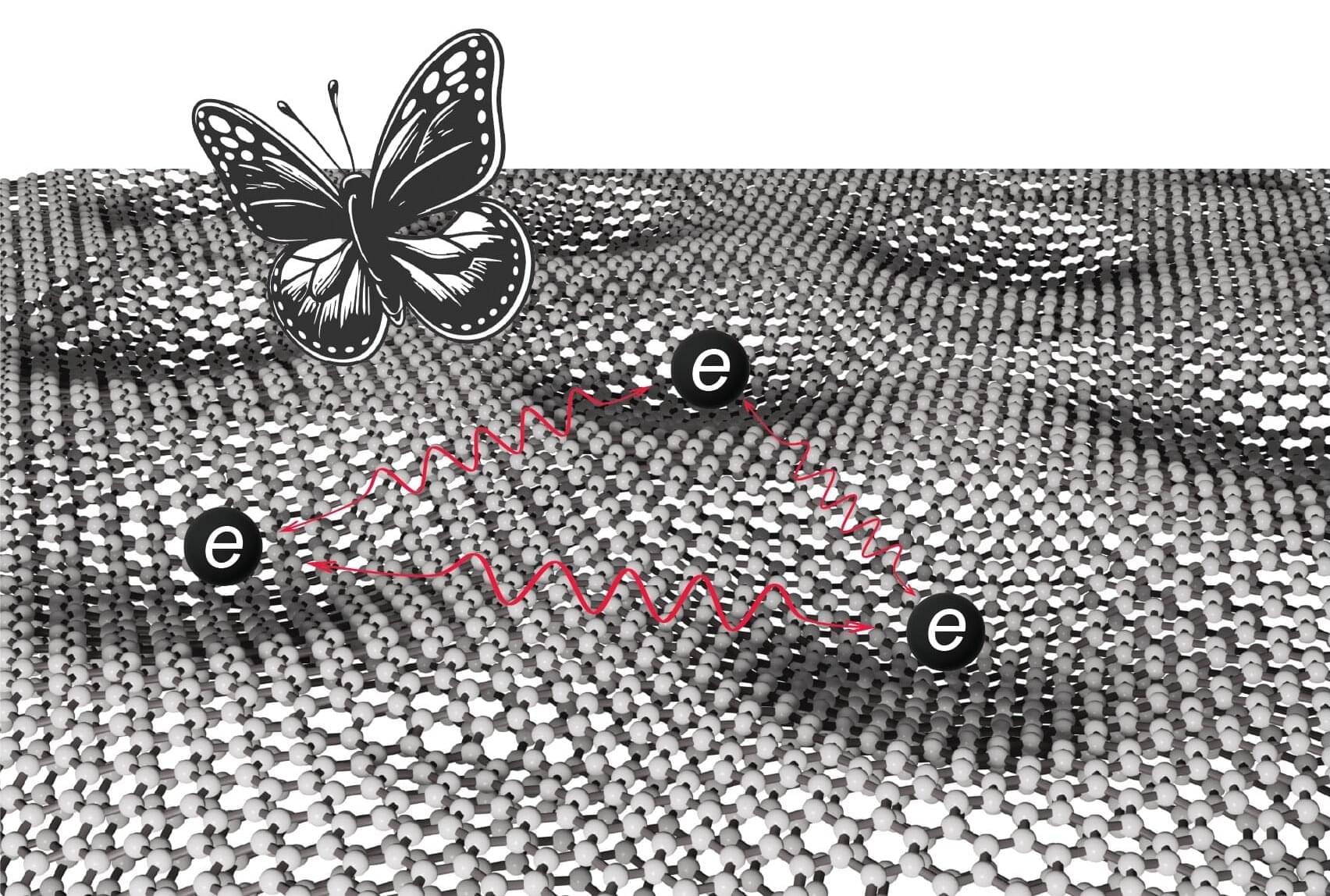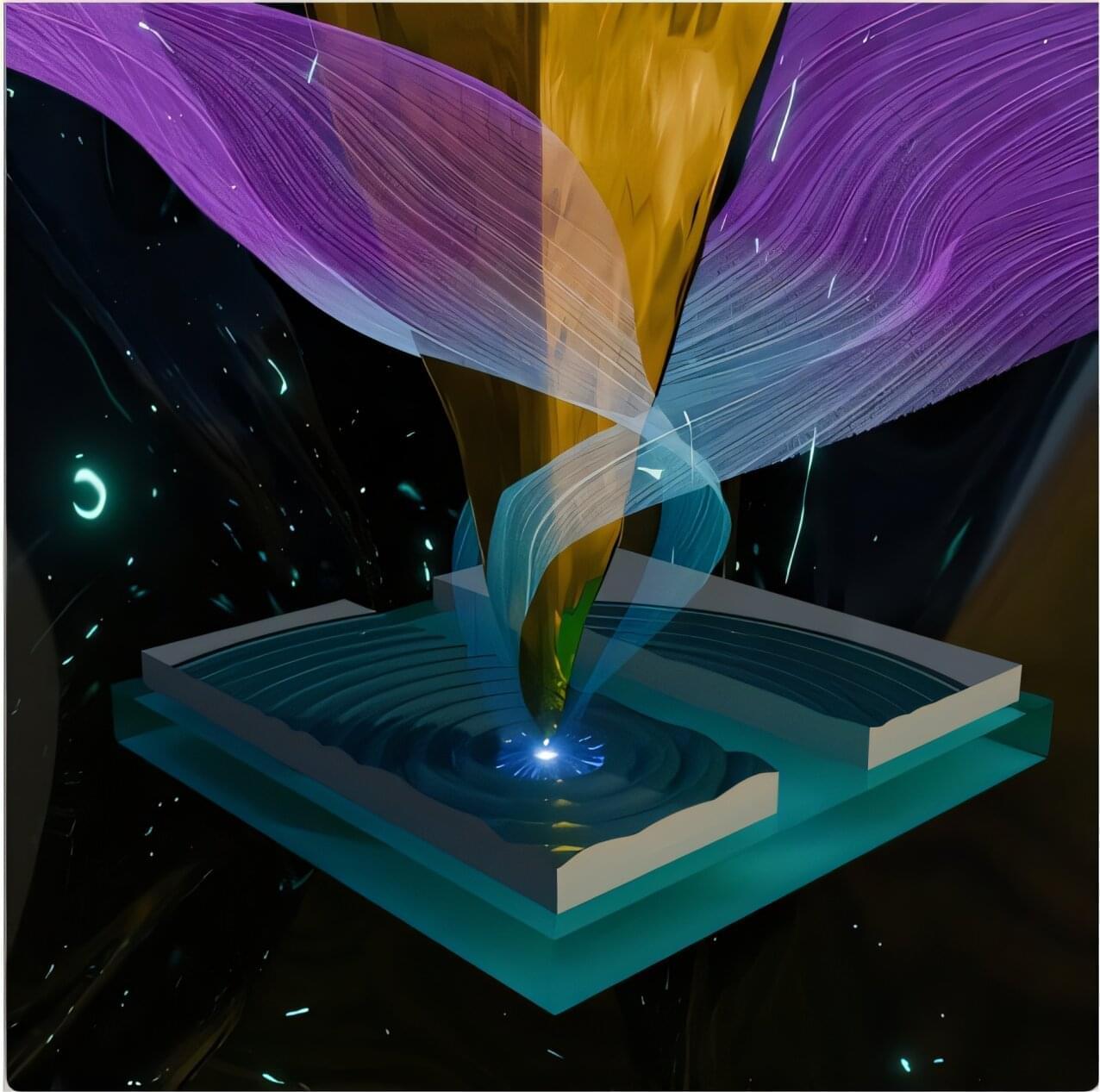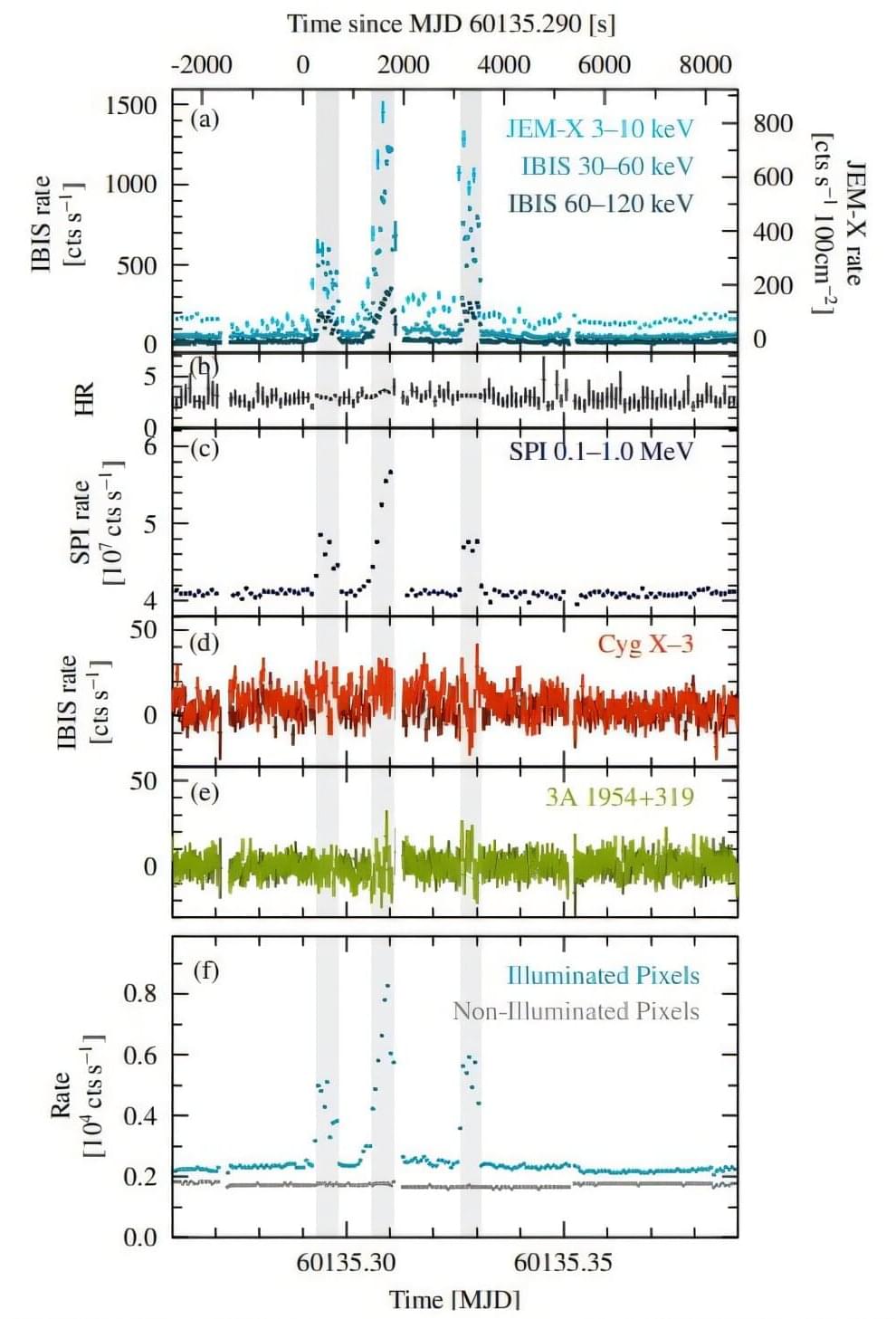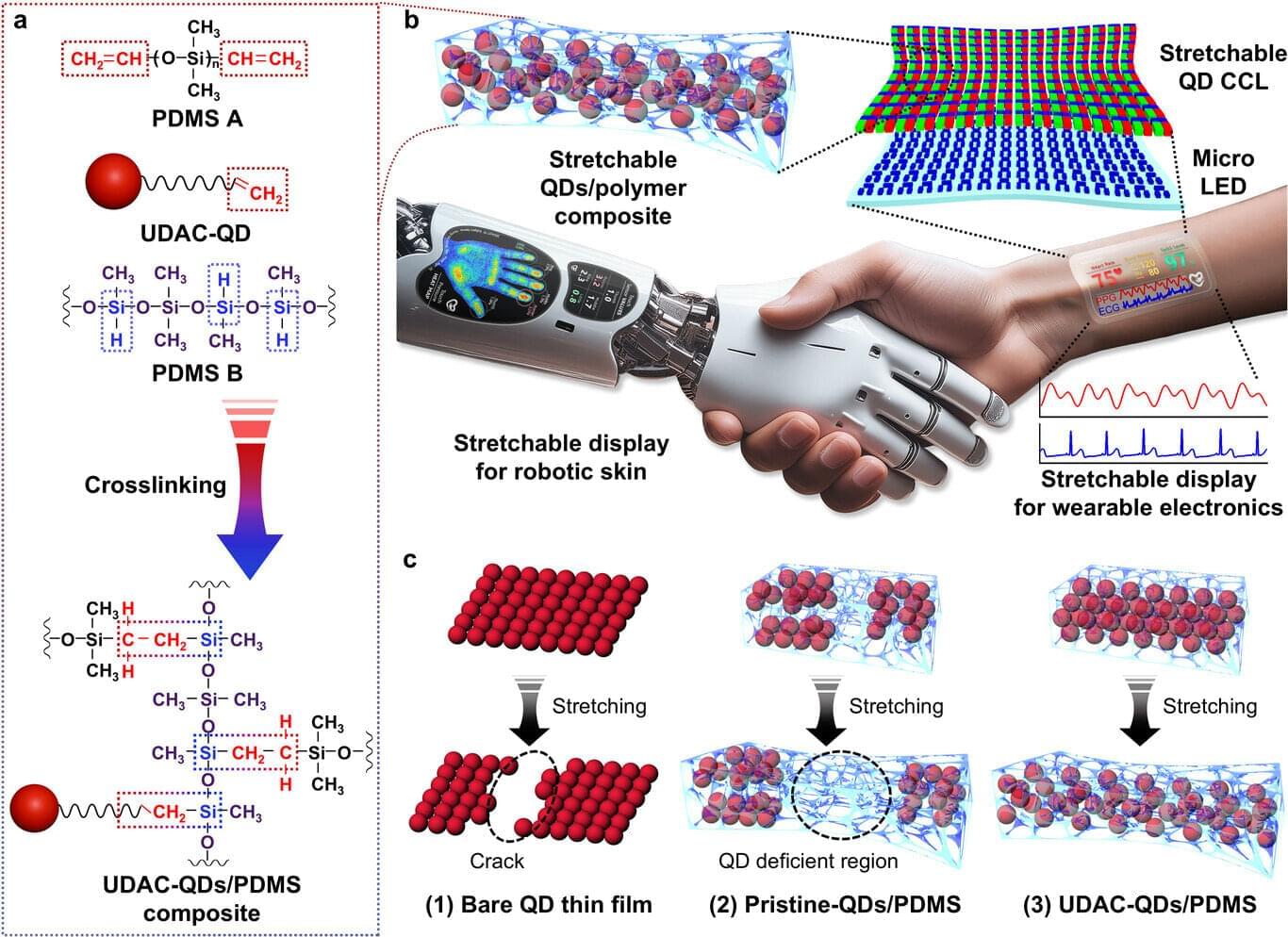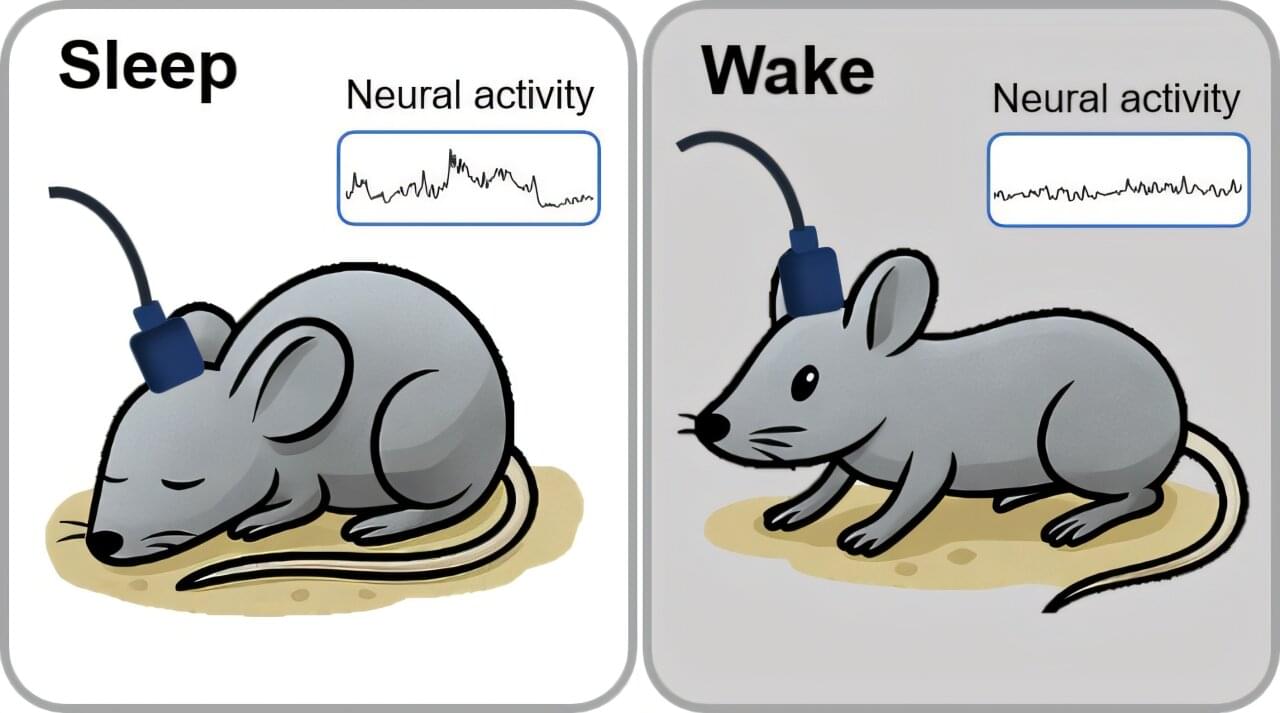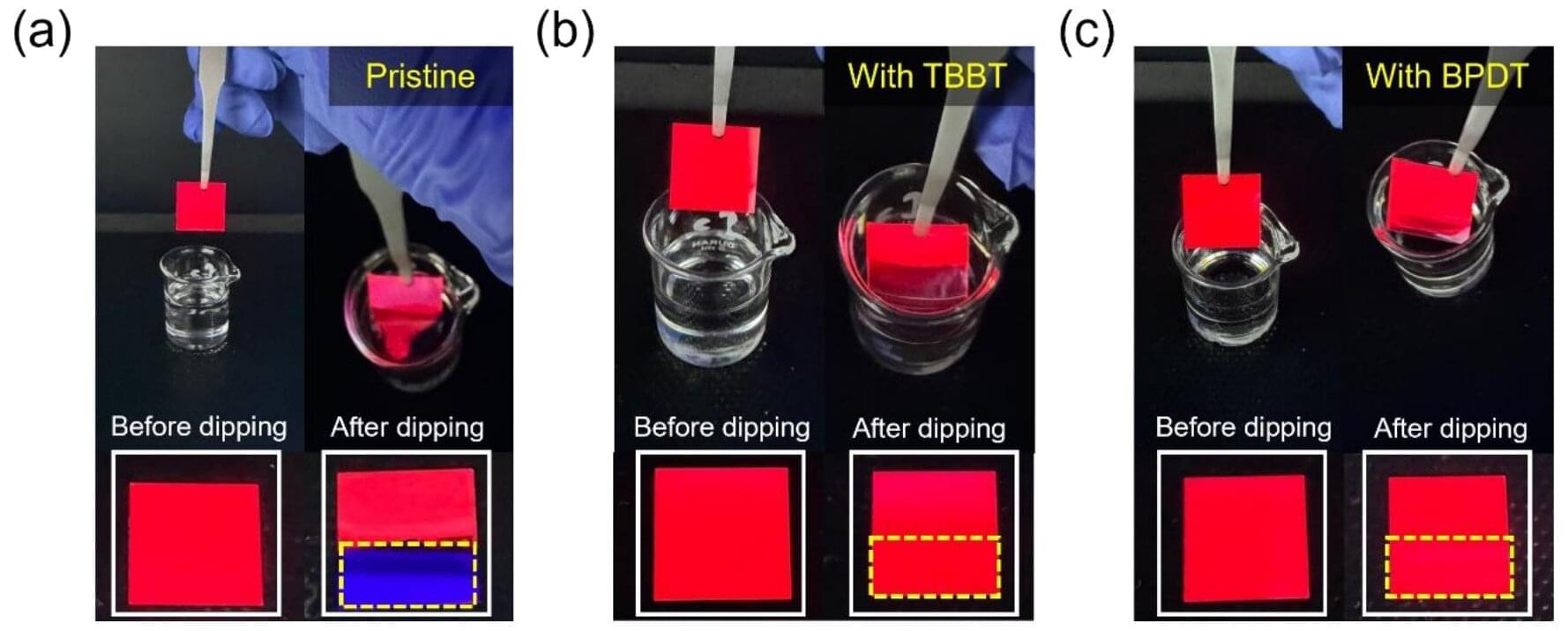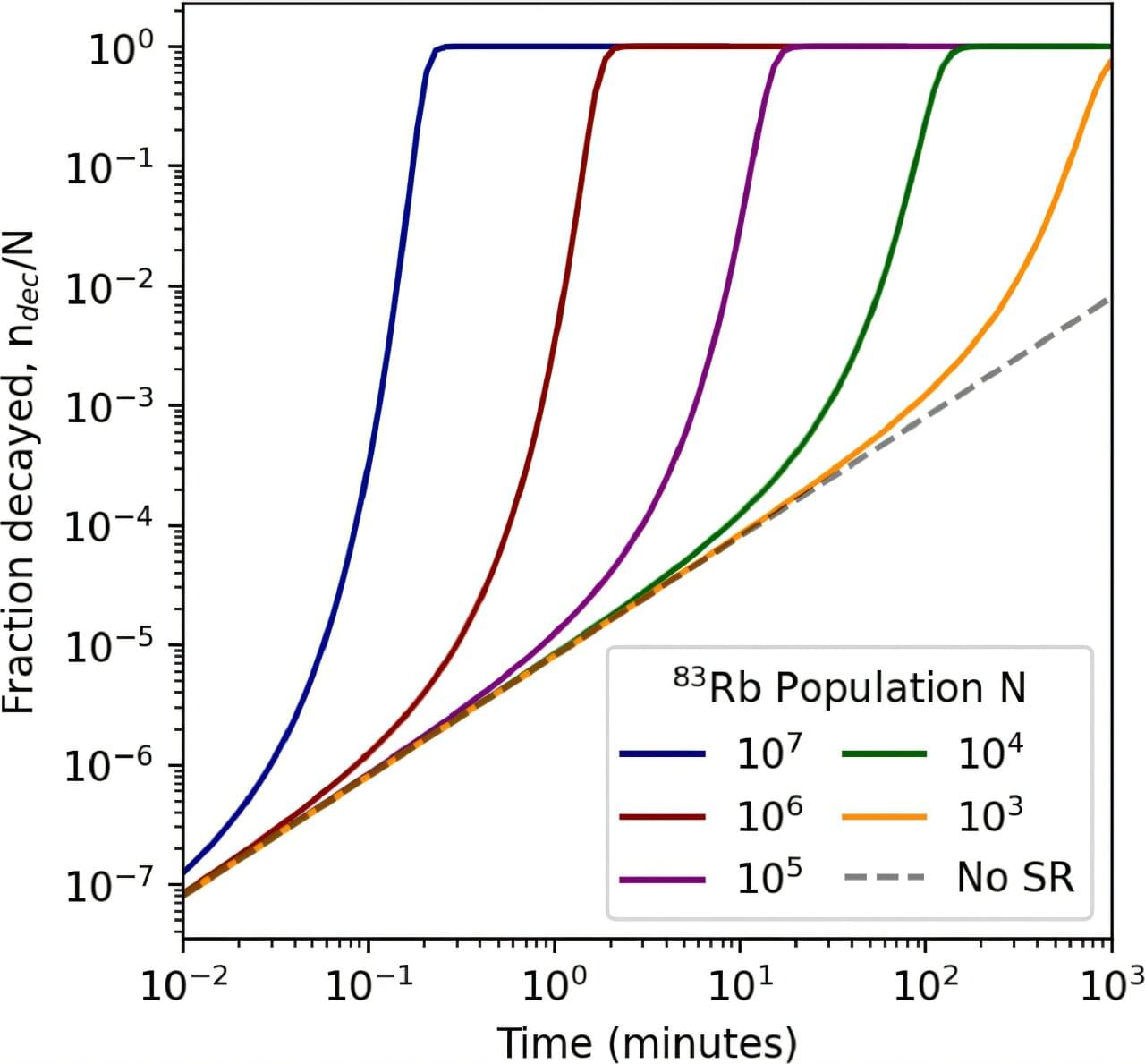Magic-angle twisted bilayer graphene (MATBG) is a material created by stacking two sheets of graphene onto each other, with a small twist angle of about 1.1°. At this “magic angle,” electrons move very slowly, which can lead to the emergence of highly correlated electron states.
Due to its unique properties and characteristics, MATBG has become the focus of numerous studies rooted in physics and materials science. Some physicists discovered that when an external magnetic field is applied to MATBG, the flat energy bands in the material transform into a fractal-like energy pattern known as a Hofstadter spectrum.
Researchers at University of Washington, Florida State University and other institutes recently carried out a study aimed at further investigating the emergence of these energy patterns in ultraclean MATBG.
